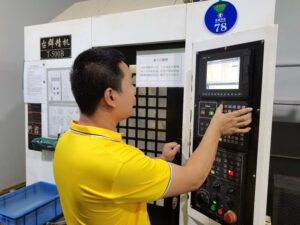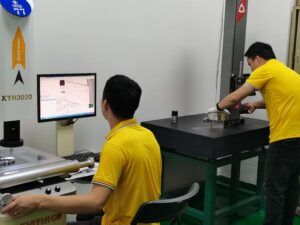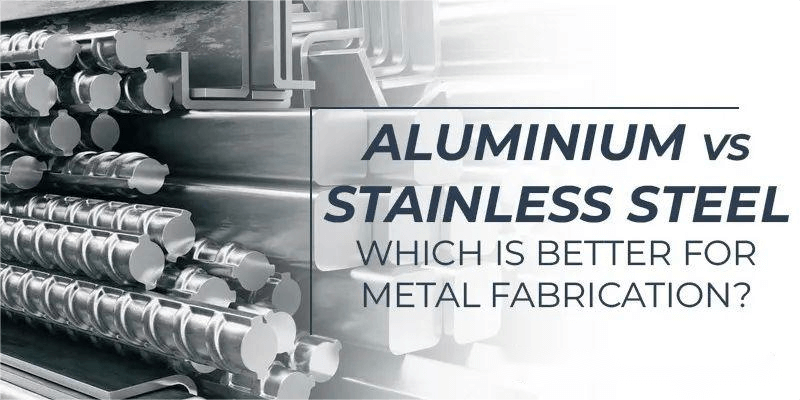In CNC machining, aluminum and stainless steel are two common metal materials. The choice of these two materials requires a comprehensive consideration of multiple factors. In this article, we will analyze their differences, physical properties, and characteristics to find the best material for your part.
1. Differences
- Main ingredients: Aluminum is a lightweight metal element, mainly in the form of pure aluminum or aluminum alloy; while stainless steel is an alloy steel composed of elements such as iron, chromium, and nickel, and the chromium content must be greater than 10.5% to be called stainless steel.
- Processing characteristics: Aluminum has good processing performance, it is easy to produce chips during cutting, and the surface roughness may be large; while stainless steel has relatively poor processing performance, the tool wears faster during cutting, and requires higher cutting temperature and pressure.

2. Physical properties and characteristics
- Aluminum has a density of about 2.7g/cm³, which is lightweight and has obvious advantages in some applications with strict weight requirements, such as aerospace, automotive parts, etc. Aluminum has a high thermal conductivity of about 237W/(m・K), which makes it excellent in heat dissipation and is often used to manufacture components such as radiators that need to dissipate heat quickly.
- The density of stainless steel is generally around 7.93g/cm³, which is much heavier than aluminum. Its thermal conductivity is relatively low, about 16 – 27W/(m・K), and different types of stainless steel have slightly different thermal conductivities. In terms of conductivity, stainless steel is also not as conductive as aluminum.
3. Hardness
- The hardness of pure aluminum is relatively low, but its hardness can be improved through processes such as alloying and heat treatment. For example, after heat treatment, the hardness of 6061 aluminum alloy can meet the needs of many daily applications, but it is still of medium hardness overall.
- The hardness of stainless steel is generally high, especially some high-strength stainless steel varieties, such as 304 stainless steel, which is generally harder than ordinary aluminum alloys and can withstand greater external forces and wear. It is suitable for occasions with high hardness requirements, such as mechanical parts, knives, etc.
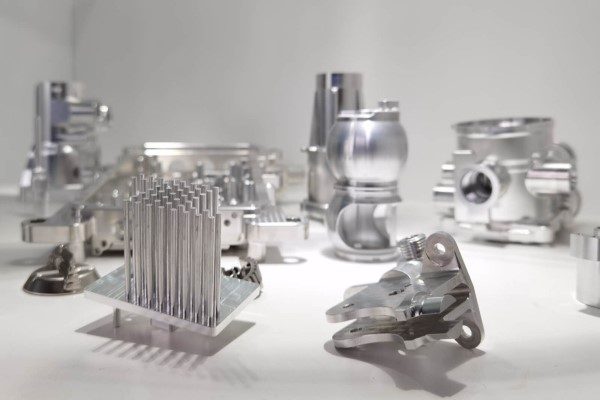
4. Price
- In general, the price of aluminum is relatively low, especially for ordinary aluminum alloy materials. This makes aluminum have an advantage in cost control.
- The price of stainless steel is usually higher than that of aluminum, especially some special types of stainless steel, such as stainless steel containing precious metal elements such as molybdenum and nickel, which will be more expensive. This is because its production process is complicated and requires the use of multiple alloying elements.
5. Corrosion resistance
- Aluminum easily reacts with oxygen in the air, forming a dense aluminum oxide film on the surface, which can prevent the internal aluminum from being further oxidized, making it have a certain corrosion resistance. But it is easy to corrode in strong acid, strong alkali or salt spray environment.
- Stainless steel is famous for its excellent corrosion resistance. This is mainly due to its presence of elements such as chromium, which can form a stable passivation film on the surface, making it resistant to corrosion in most environments, especially in corrosive media such as moisture, acid and alkali, the corrosion resistance advantage of stainless steel is more obvious.
6. Durability
- Under normal use conditions, aluminum products have good durability. But in some high-stress and high-wear conditions, frequent maintenance and replacement may be required.
- Stainless steel usually has higher durability, can maintain good performance in long-term use, is not prone to deformation, corrosion and other problems, and is suitable for occasions with high requirements on product life.
7. Thermal performance difference
- Aluminum has a large thermal expansion coefficient. In an environment with large temperature changes, the dimensional changes of aluminum products are relatively obvious. This requires special attention in some occasions with extremely high dimensional accuracy requirements, but in some applications that need to utilize thermal expansion characteristics, such as heat exchangers, this characteristic of aluminum can also be utilized.
- Stainless steel has a relatively small thermal expansion coefficient, and its dimensional stability is better in an environment with high temperature or large temperature changes. At the same time, some stainless steels have good high-temperature resistance and can maintain good mechanical properties at higher temperatures. They are suitable for high-temperature working environments, such as industrial furnaces, aircraft engines and other components.
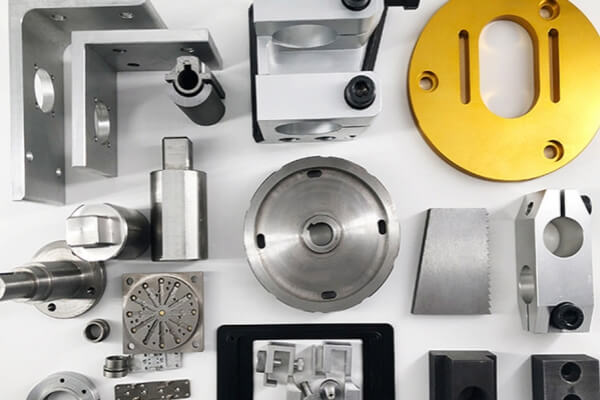
8. Magnetism
- Aluminum is a non-magnetic material, which makes it unique in some electronic equipment, medical equipment, and other fields with strict requirements on magnetism, and will not interfere with the surrounding magnetic field.
- Most stainless steels are weakly magnetic or non-magnetic. Austenitic stainless steels such as 304 stainless steel are usually non-magnetic. However, some ferritic stainless steel and martensitic stainless steel may have a certain magnetism. When choosing, you need to decide according to the magnetism requirements of the specific application scenario.
9. Environmental protection
- Aluminum has a high recycling value, and the recycling energy consumption is only about 5% of the energy consumption of original aluminum production, and the performance loss of recycled aluminum is small, which meets the requirements of environmental protection and sustainable development. During use, aluminum will not release harmful substances and is environmentally friendly.
- Stainless steel is also recyclable, but the recycling cost may be higher. However, due to its excellent durability and long life, stainless steel also plays a positive role in reducing waste.
| Aluminum | Stainless Steel | |
| Density | Approximately 2.7 g/cm³, relatively light in weight | Approximately 7.93 g/cm³, relatively heavy in weight |
| Hardness | Pure aluminum has low hardness, and the hardness is medium after alloying and heat treatment | Generally has high hardness |
| Price | Relatively low in cost | Generally higher in price |
| Corrosion Resistance | Forms an aluminum oxide film on the surface, has certain corrosion resistance, but performs poorly in strong acid and alkali environments | Most are weakly magnetic or non-magnetic, and some are magnetic |
| Durability | Durable in normal environments, special treatment is required in high-stress and high-wear scenarios | Forms a passive film due to elements such as chromium, which has strong corrosion resistance |
| Thermal Properties | Large coefficient of thermal expansion, significant dimensional change under temperature changes | Small coefficient of thermal expansion, good dimensional stability at high temperatures, some types are resistant to high temperatures |
| Magnetism | Non – magnetic | Durable in normal environments, special treatment is required in high-stress and high-wear scenarios |
| Environmental Friendliness | Low energy consumption for recycling, strong recyclability, and no harmful substances released during use | Most are weakly magnetic or non-magnetic, some are magnetic |
In summary, the choice of aluminum or stainless steel materials in CNC machining needs to be determined according to the specific application scenarios and needs. If there are requirements for weight, heat dissipation, and price, aluminum may be a better choice; if there are high requirements for hardness, corrosion resistance, durability, and high-temperature performance, stainless steel is more suitable.
If you want to know more, you can send us a message through Contact Us on the upper right of the webpage, and we will answer your questions and projects.



